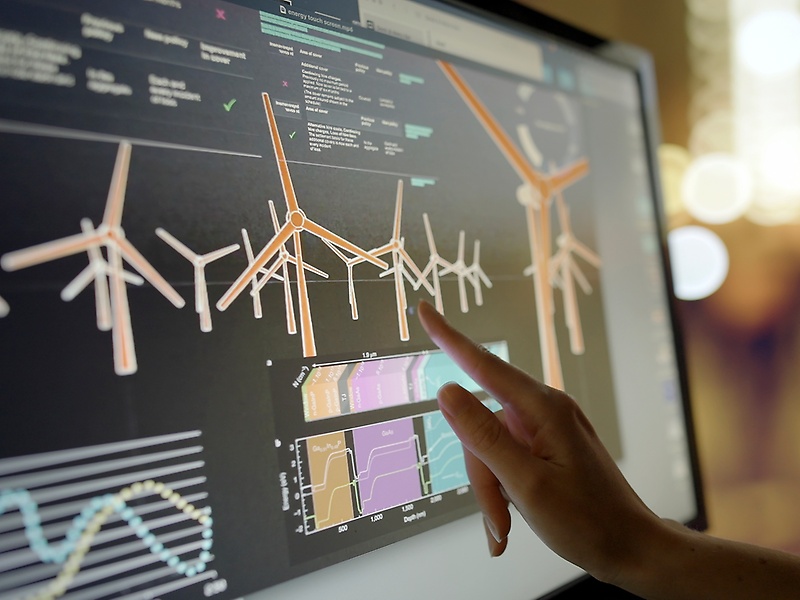16. February 2024 By Maximilian Hammes
GenAI and the energy industry - do they go together?
The emergence of Generative Artificial Intelligence (GenAI) has sparked hype across all industries as companies seek to quickly capitalise on the benefits of this exciting new technology. As digitalisation progresses, the energy sector often lags behind other industries. In theory, GenAI can solve many of the challenges faced by energy suppliers. This could help the industry overcome the challenges of the energy transition and digitalisation and adapt to changing customer preferences, especially in the face of rising operating costs. So far, however, few to no concrete use cases for utilities have been identified.
With GenAI, energy could be generated, controlled and consumed more efficiently. However, this promise can only be realised if the players in the energy industry focus on decisions that prioritise safety, robustness and long-term sustainability.
GenAI - what's behind it
Generative Artificial Intelligence (GenAI) is a special subset of AI that focuses on the development of models that can generate new data or content similar to that obtained during the learning process. GenAI is the driving force behind the so-called third wave of AI, which started in the 2020s and is mainly based on the development of transformational models.
GenAI offers these potential use cases for the energy sector
Numerous use cases for GenAI could have an impact on the entire energy industry. Simple applications such as automated document processing and e-mail responses could be used both internally and in a customer-oriented manner.
In the energy industry, for example, GenAI could help refine utility products across all asset types and make the insights and predictions gained from these technologies more targeted and user-friendly. GenAI can help utilities play an important role in areas such as predictive maintenance of assets and demand forecasting for all products.
- Grid optimisation: GenAI can act as a digital assistant for grid operators to improve the speed and efficiency of using generators or switching off renewable energy sources.
- Energy transition: With GenAI, data can be synthesised to predict energy consumption and support the generation of renewable energy. In this way, GenAI can play a crucial role in balancing supply and demand, reducing losses, improving grid stability and optimising decentralised renewable energy generation.
- Customer billing: Complicated queries can be intelligently automated by GenAI. For example, GenAI could be able to automate responses to queries about "high bills" and analyse historical consumption and previous charges to provide an explanation that the average consumer can understand.
Learning from other regions: By processing data on heatwaves and other exceptional environmental phenomena around the world, energy companies can build a picture of the potential future local climate and generate more accurate forecasting models.
How ready are you to take full advantage of GenAI?
Many utilities are looking at GenAI from a technological perspective, but are faced with the challenge of taking the first step. Before taking the first step, however, the question must be answered: "Where do we want to go?" This requires identifying business-focused use cases where GenAI can be utilised to drive business outcomes and shape the utility of the future.
Once business problems that can benefit from GenAI technologies have been identified, they should be prioritised and addressed with use cases based on business impact, complexity and company-specific factors.
If you need support to take full advantage of GenAI, please do not hesitate to contact us.
Contact us now without obligation
You can find out more about GenAI, our services and how this ground-breaking technology is reshaping processes and creating innovative solutions on our website.
You can find more exciting topics from the world of adesso in our previous blog posts.

